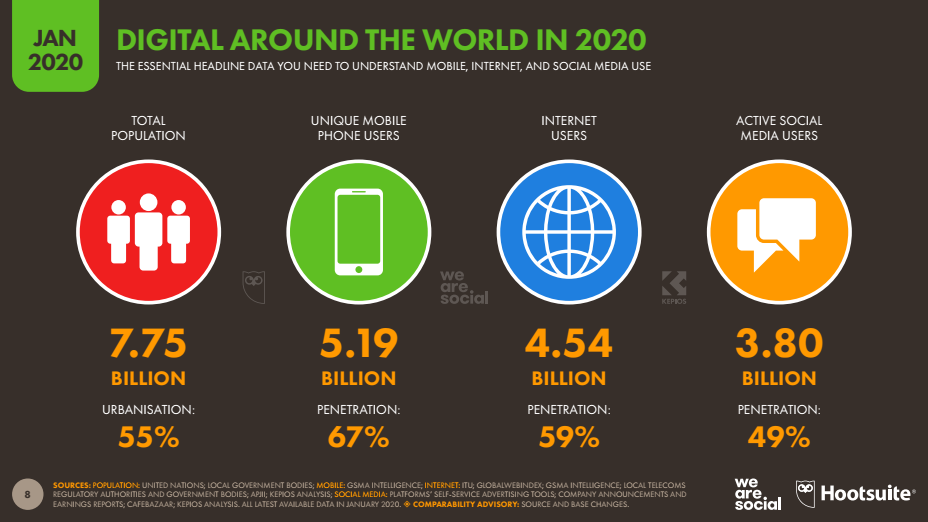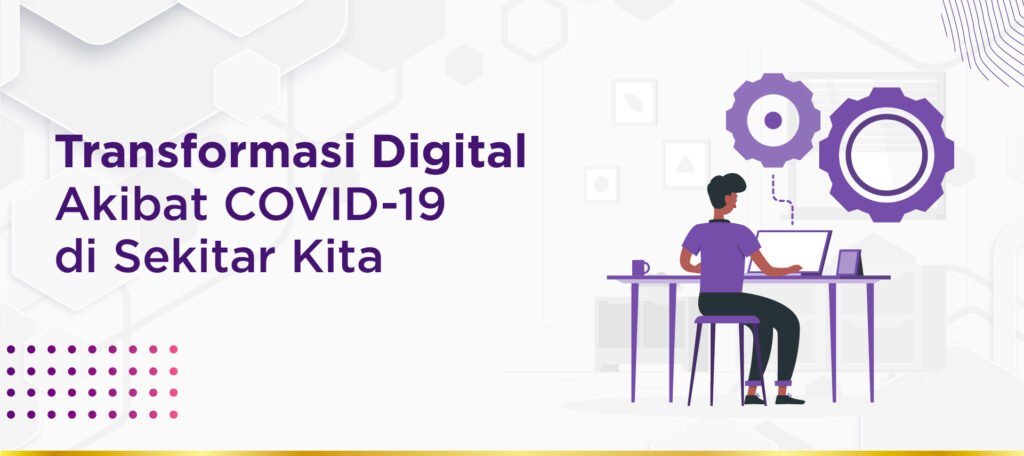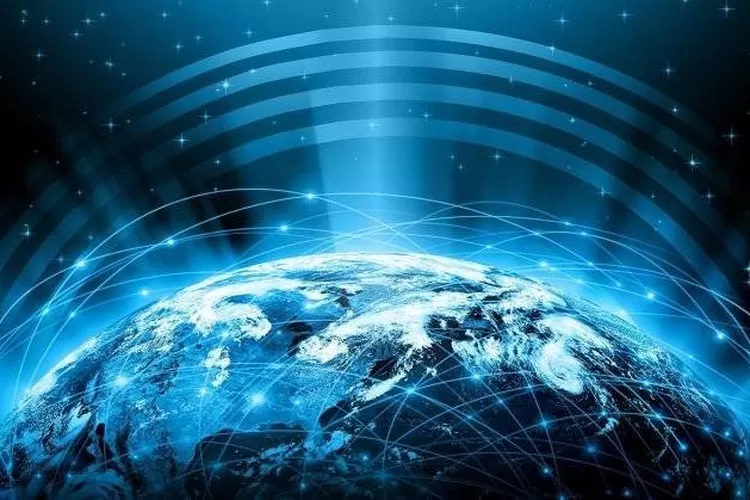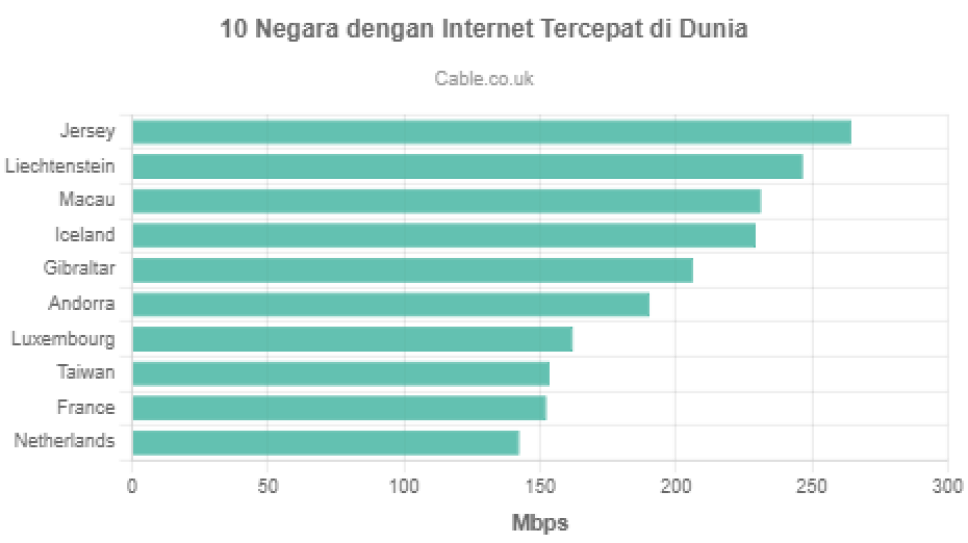Dalam Satu Menit: Kilasan Aktivitas Intensif Dunia Internet – Satu menit mungkin terlihat sebentar, tetapi di dunia internet, itu adalah waktu yang penuh dengan aktivitas yang luar biasa. Dalam 60 detik, jutaan pengguna dari seluruh penjuru dunia terlibat dalam berbagai kegiatan digital yang mencerminkan intensitas konektivitas global. Artikel ini akan membahas apa yang terjadi di dunia internet selama satu menit.

Jutaan Pesan Teks Terkirim
Dalam satu menit, jutaan pesan teks atau SMS dikirimkan oleh pengguna ponsel di seluruh dunia. Aplikasi perpesanan seperti WhatsApp, Messenger, dan WeChat aktif menyampaikan informasi dari satu ujung dunia ke ujung lainnya.
Puluhan Juta Email Dikirim
Email tetap menjadi metode komunikasi yang dominan. Selama satu menit, puluhan juta email dikirimkan, baik untuk keperluan bisnis, personal, atau pemasaran.
Ratusan Jam Video Ditonton di YouTube
Video menjadi konten utama di internet. Selama satu menit, ratusan jam video ditonton di platform seperti YouTube, menunjukkan popularitas yang terus berkembang dari konten visual.
Jutaan Pencarian di Mesin Pencari
Mesin pencari seperti Google menerima jutaan pencarian setiap menit. Pengguna mencari informasi, produk, dan jawaban atas pertanyaan mereka dengan intensitas yang luar biasa.
Miliaran Klik di Media Sosial
Aktivitas di media sosial sangat tinggi. Dalam satu menit, miliaran klik, suka, dan berbagi terjadi di platform seperti Facebook, Instagram, Twitter, dan TikTok.
Ratusan Ribu Tweet Dikirimkan
Twitter menjadi arena bagi percakapan cepat. Dalam satu menit, ratusan ribu tweet dikirimkan oleh pengguna yang ingin berbagi pemikiran, informasi, atau sekadar mengekspresikan pendapat.
Triliunan Byte Data Dipertukarkan
Pertukaran data sangat besar. Triliunan byte data dipertukarkan di seluruh internet melalui unduhan, unggahan, dan transfer file dari satu perangkat ke perangkat lainnya.
Jutaan Transaksi Keuangan
E-commerce dan transaksi keuangan digital semakin mendominasi. Selama satu menit, jutaan transaksi pembayaran dan pembelian barang dan jasa terjadi di seluruh dunia.
Puluhan Ribu Aplikasi Diunduh
Aplikasi mobile adalah bagian penting dari pengalaman digital. Selama satu menit, puluhan ribu aplikasi diunduh oleh pengguna di berbagai platform.
Miliaran Sensor IoT Mengirim Data
Internet of Things (IoT) menyebabkan gelombang data dari berbagai perangkat terhubung. Dalam satu menit, miliaran sensor IoT mengirimkan data ke server pusat untuk dianalisis dan digunakan.
Ratusan Situs Web Baru Dibuat
Dunia internet terus berkembang. Dalam satu menit, ratusan situs web baru diluncurkan, menambah keragaman konten dan sumber informasi di internet.
Jutaan Serangan Siber Terdeteksi
Sayangnya, keberadaan internet juga memunculkan ancaman keamanan siber. Selama satu menit, jutaan serangan siber terdeteksi dan dihadapi oleh sistem keamanan.
Dalam satu menit, dunia internet mengalami dinamika yang luar biasa, mencerminkan peran sentralnya dalam kehidupan modern. Konektivitas dan pertukaran informasi yang terus berkembang membangun jembatan virtual antara individu, bisnis, dan masyarakat global.








